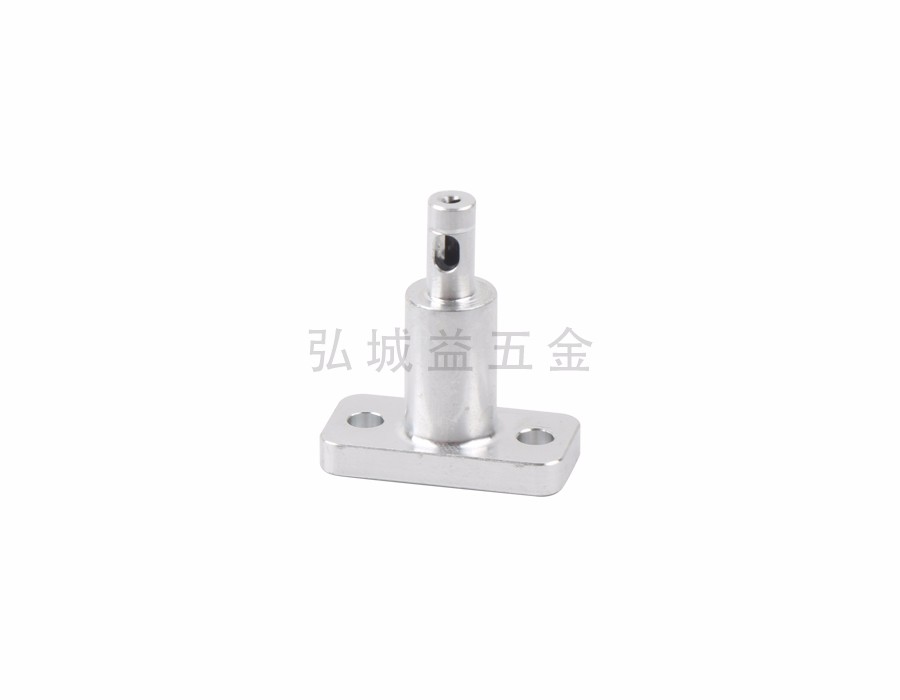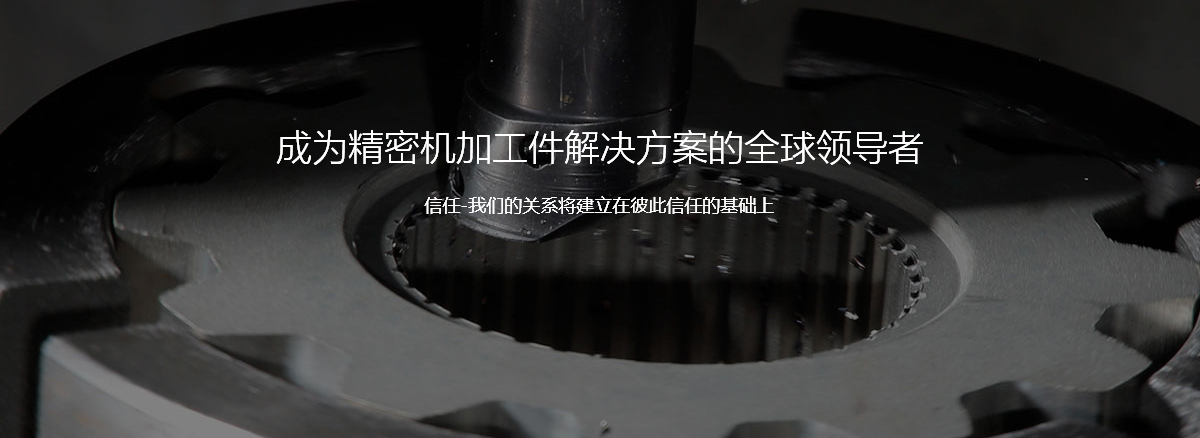Machining centers are often divided into vertical machining centers, horizontal machining centers, gantry machining centers, and universal machining centers based on the state of the spindle in space. The spindle of a machining center in a vertical state in space is called a vertical machining center, while the spindle in a horizontal state in space is called a horizontal machining center.
Vertical machining center: The structural form is mostly fixed column type, and the workbench is rectangular, suitable for processing disc, sleeve, and plate parts. Vertical machining centers usually have three linear motion coordinates, XYZ axis, and can also install a fourth axis A axis on the workbench.
The advantages of a vertical machining center are convenient clamping, easy operation, easy observation of machining conditions, and convenient debugging of programs. However, due to the influence of column height and tool changing mechanism, parts that are too high cannot be processed. The vertical machining center has a simple structure, a small footprint, and a lower price.

Horizontal machining center: Usually using mobile columns, the spindle box moves up and down along the guide rail between the two columns. A horizontal machining center usually has three linear motion coordinates, facing the machine tool, the left and right movement is the X axis, the front and back movement is the Z axis, and the up and down movement is the Y axis. The horizontal machining center can also install a fourth axis A-axis on the workbench. It can process parts such as spiral lines and cylindrical cams.
Characteristics of horizontal machining centers: It is not very convenient to observe when debugging programs and trying to cut pins, and it is not convenient to clamp and measure parts, but it is easy to remove chips during processing. Compared with vertical machining centers, horizontal machining centers have a complex structure, a large floor area, and higher prices.
Gantry machining center: Most of its spindles are vertically set, equipped with an ATC system and replaceable spindle head accessories. The system software has multiple functions and can be used for multiple purposes, making it suitable for processing large parts.
Universal machining center: A universal machining center, also known as a five sided machining center, has the functions of a vertical machining center and a horizontal machining center. After a workpiece is clamped in one go, it can complete all side and top machining except for the installation surface. Common universal machining centers include a spindle that can rotate 90 °, which can work like a vertical machining center or a horizontal machining center. The second type is that the spindle does not change direction, and the workbench rotates 90 ° with the workpiece to complete the machining of five surfaces.


